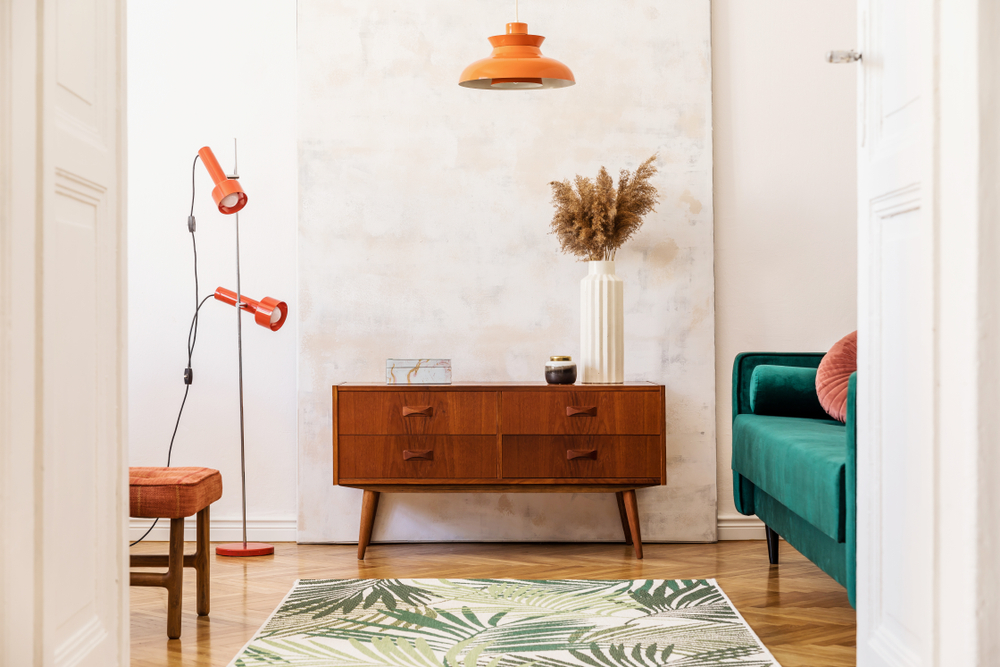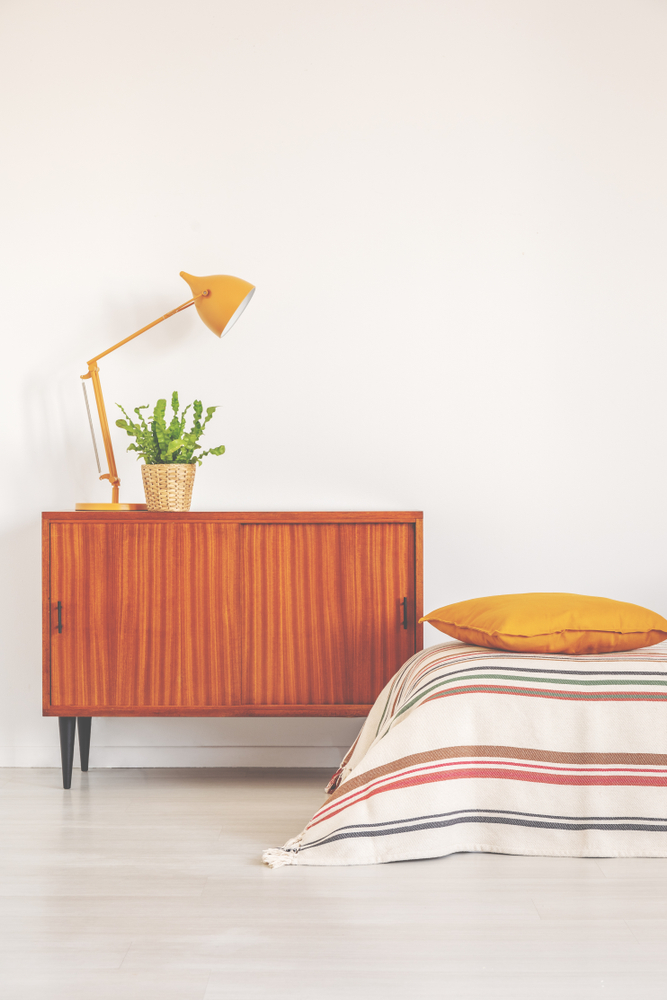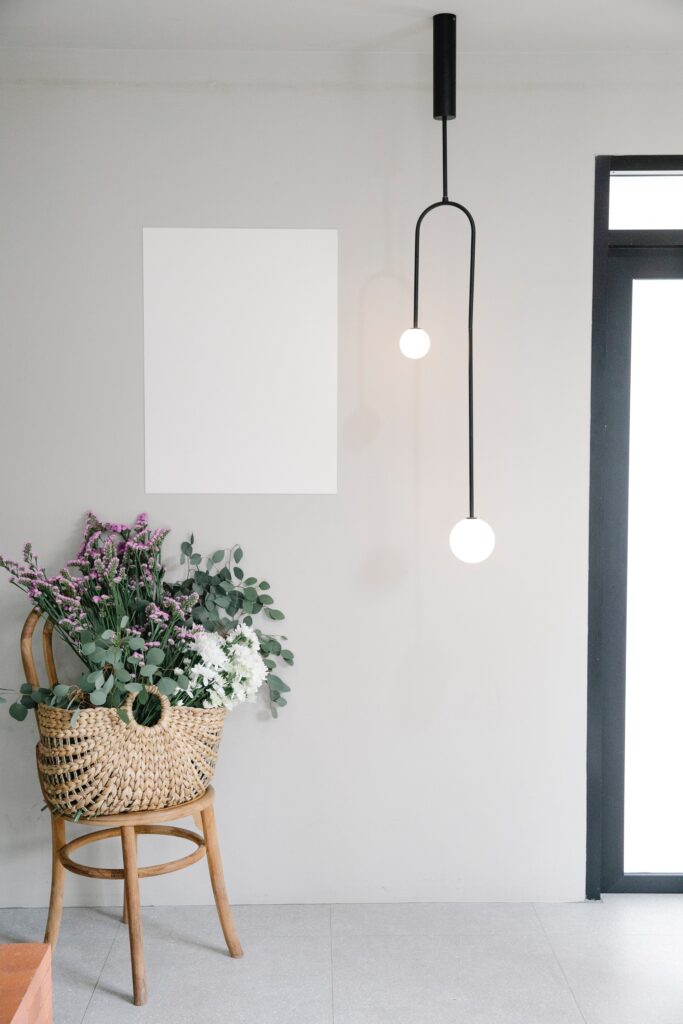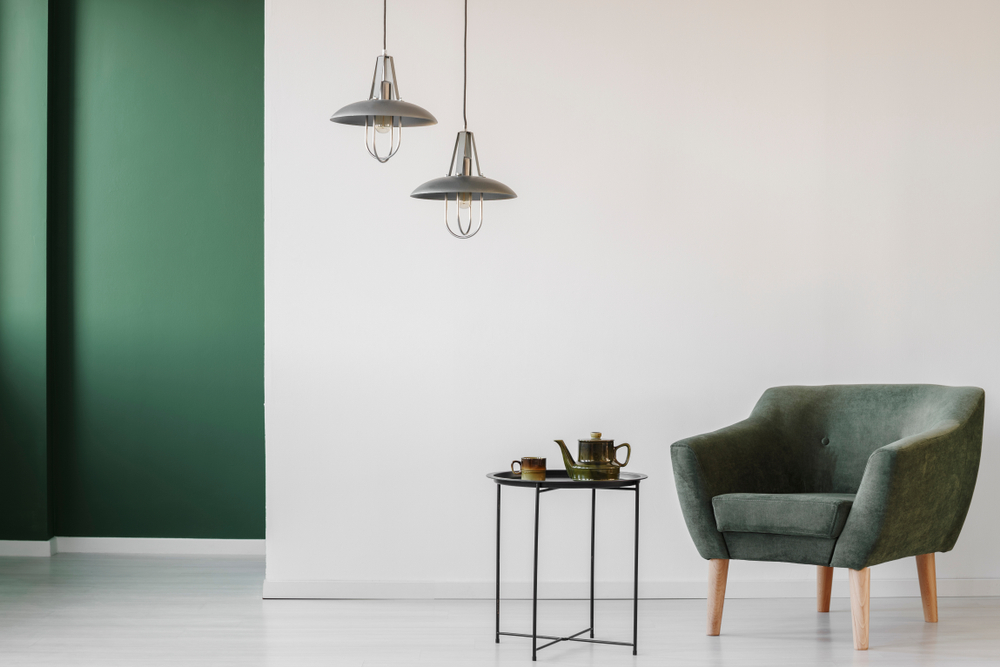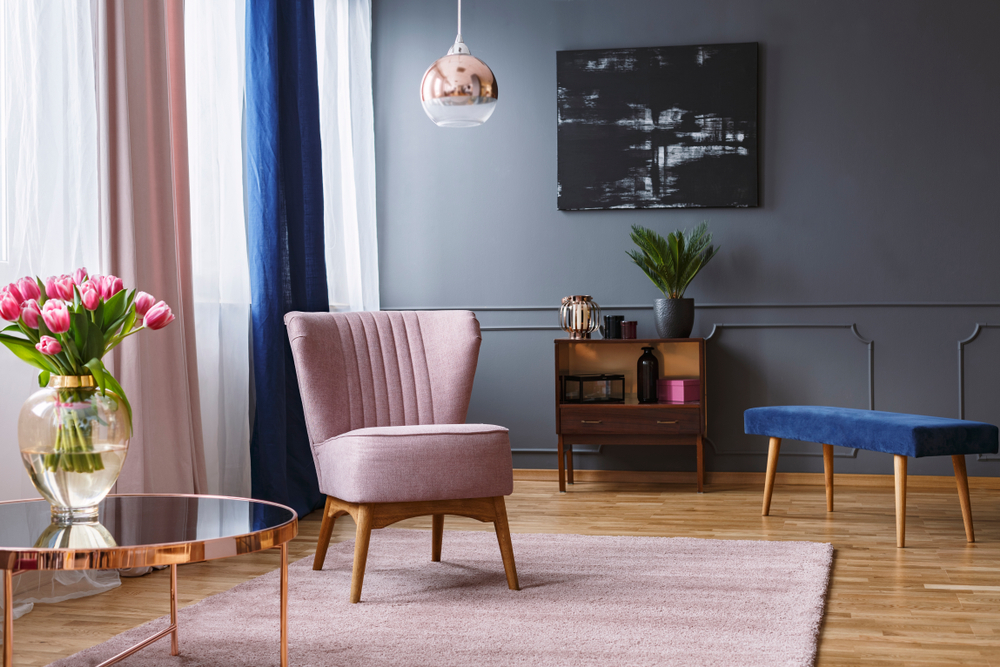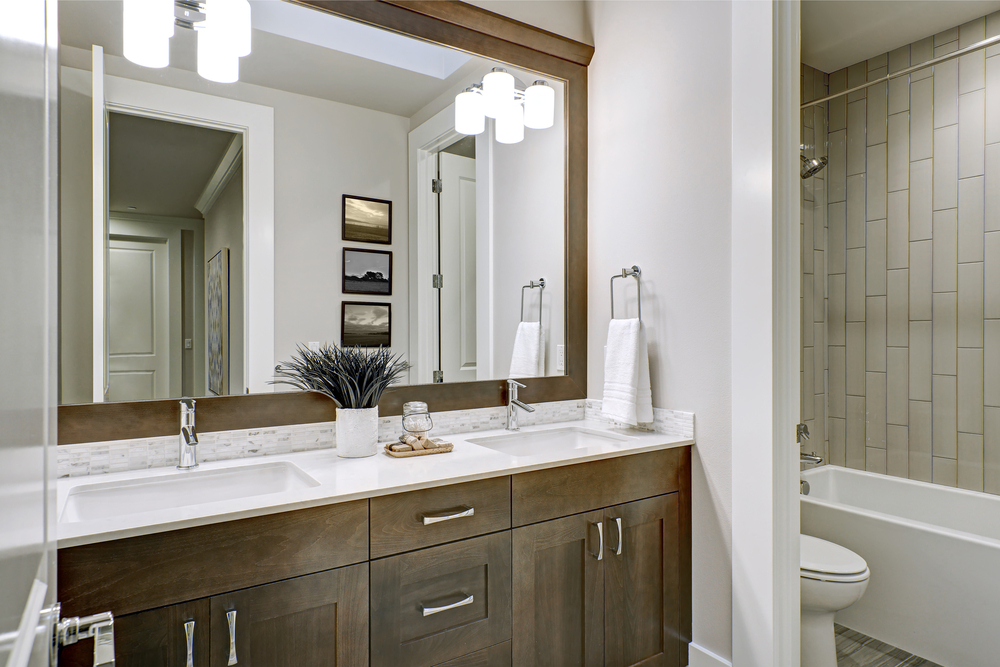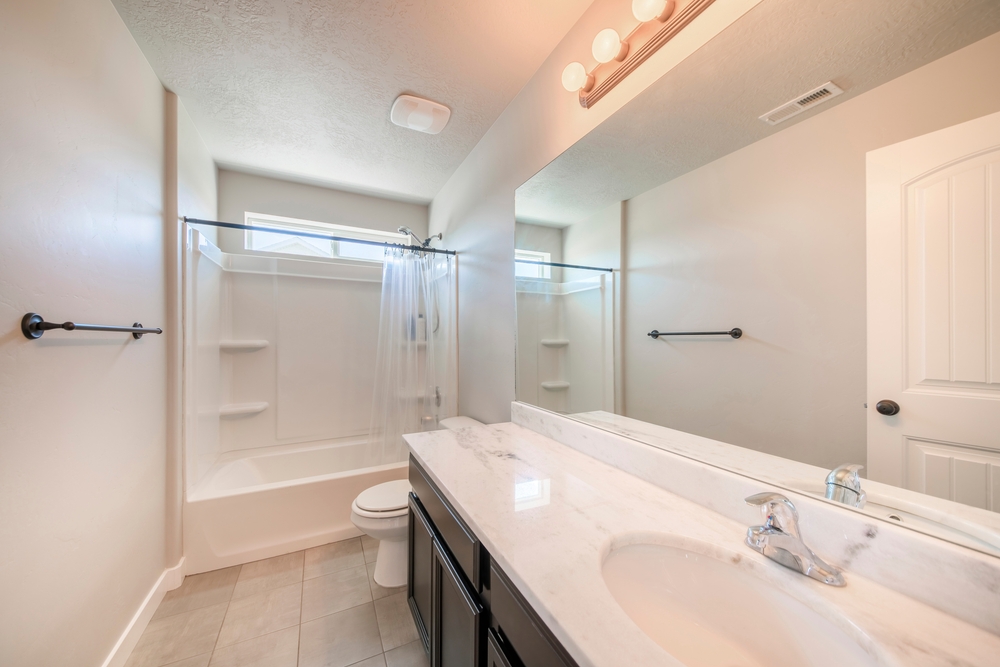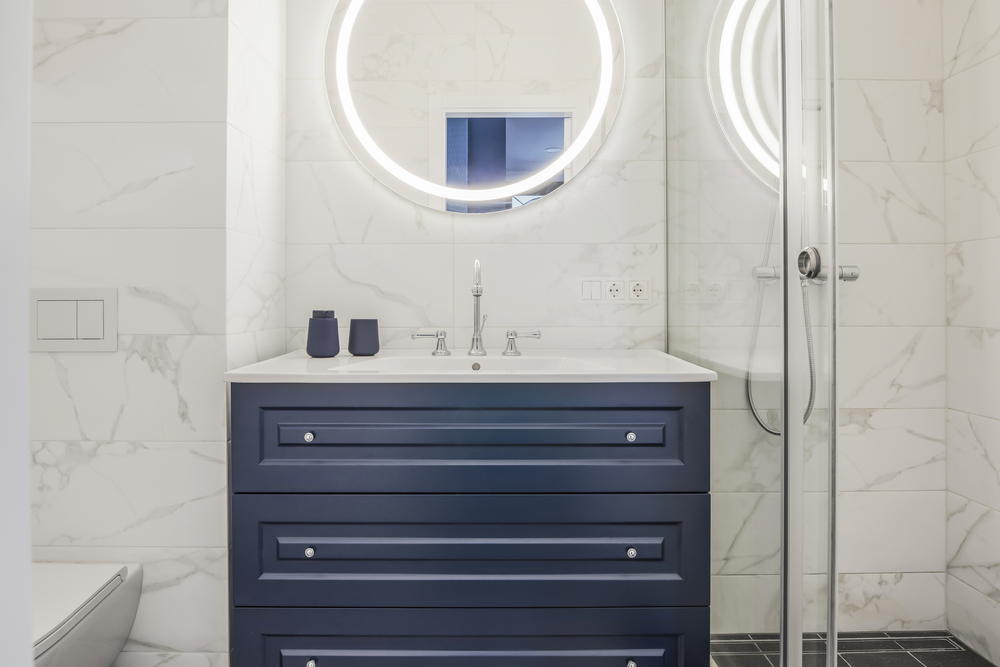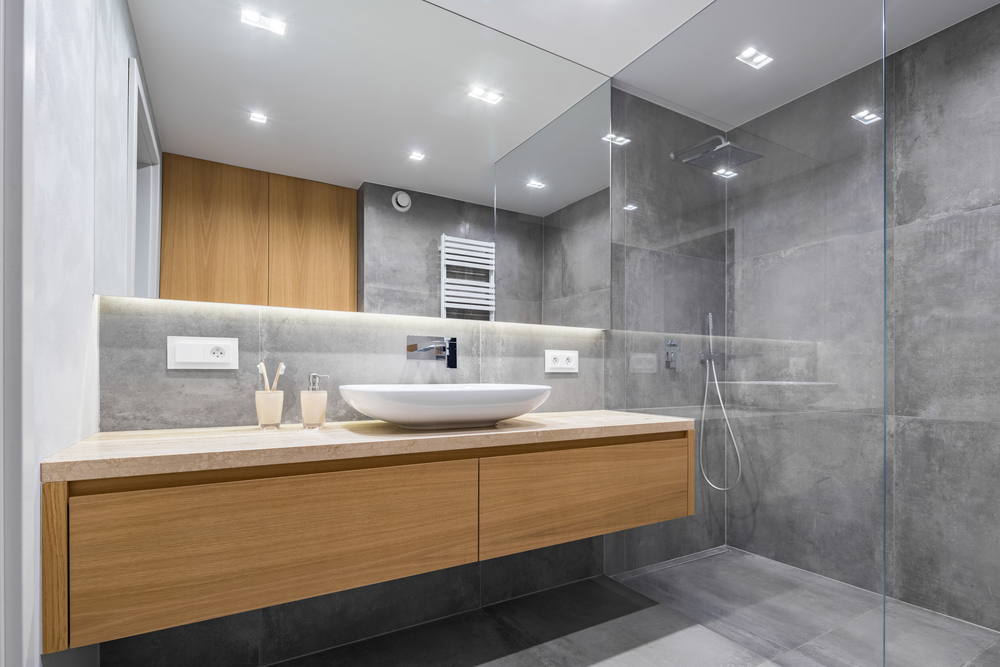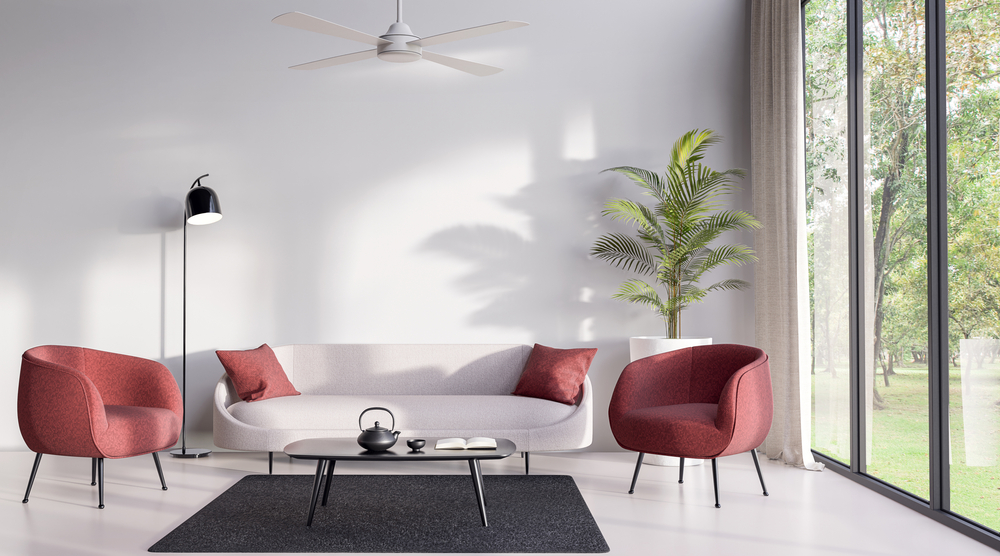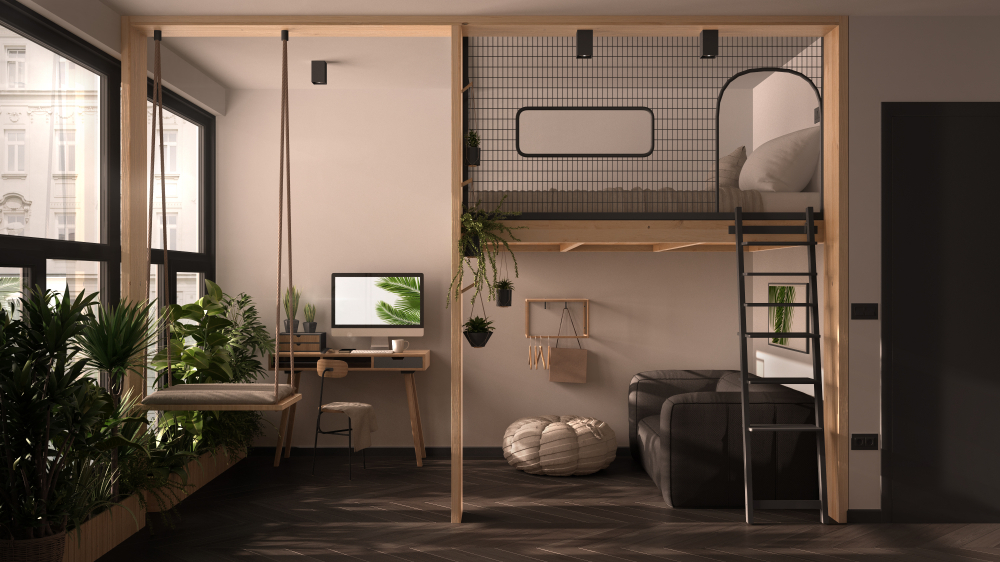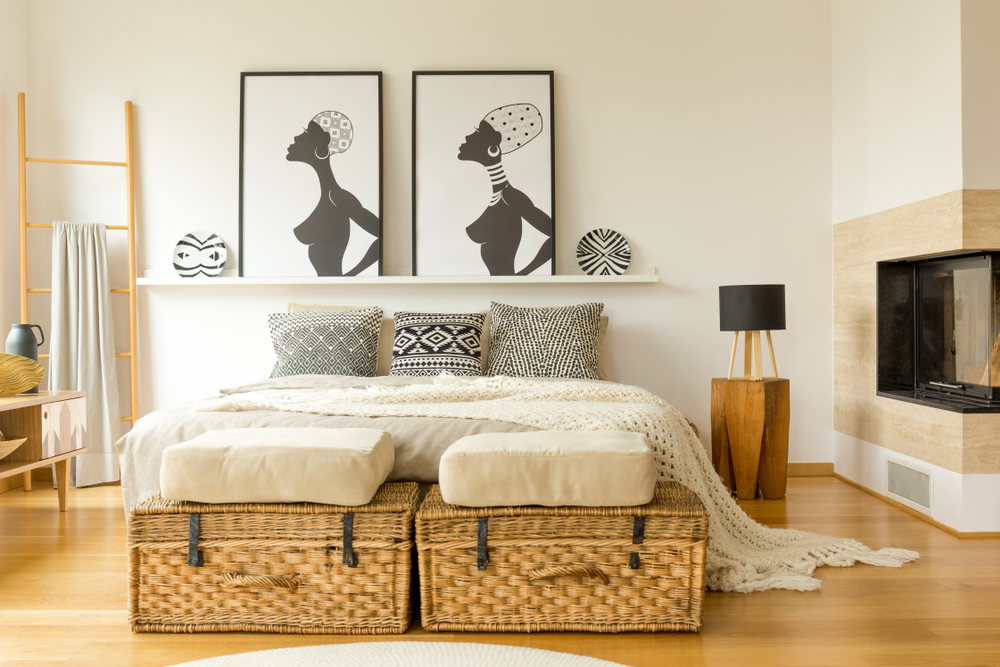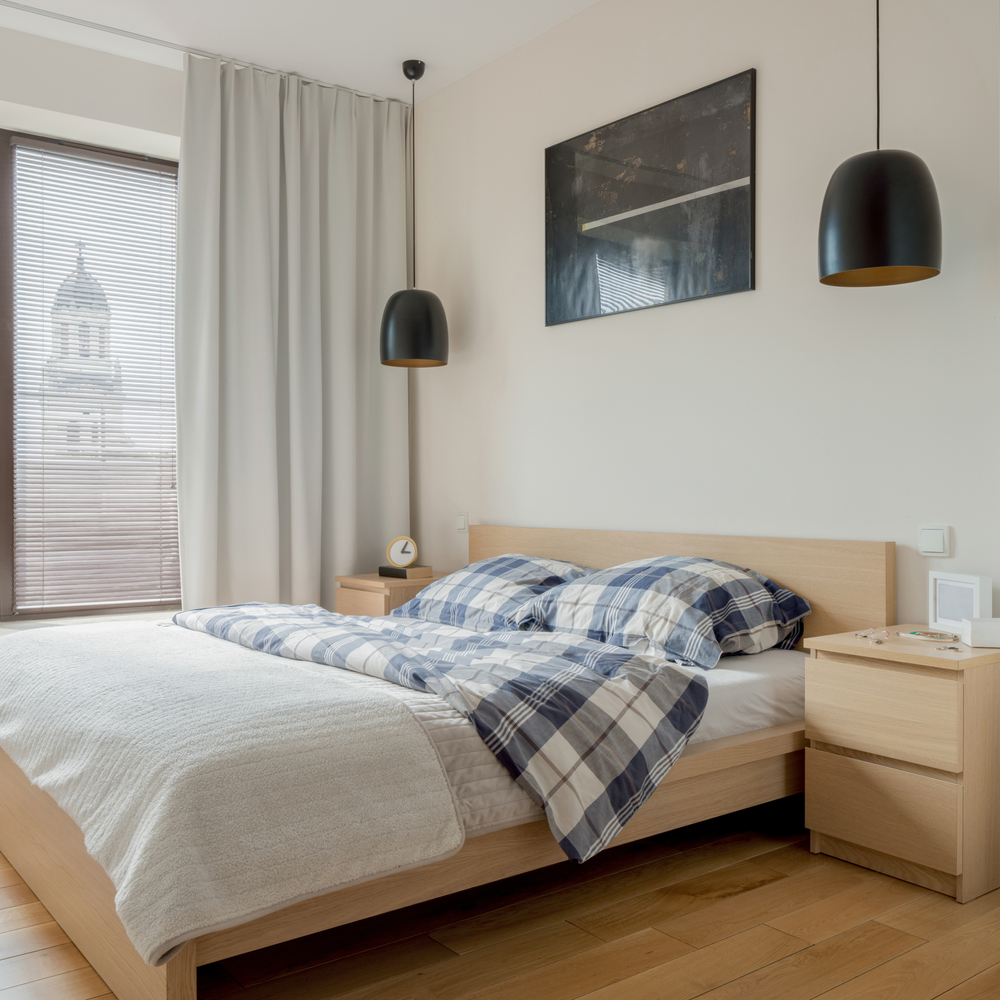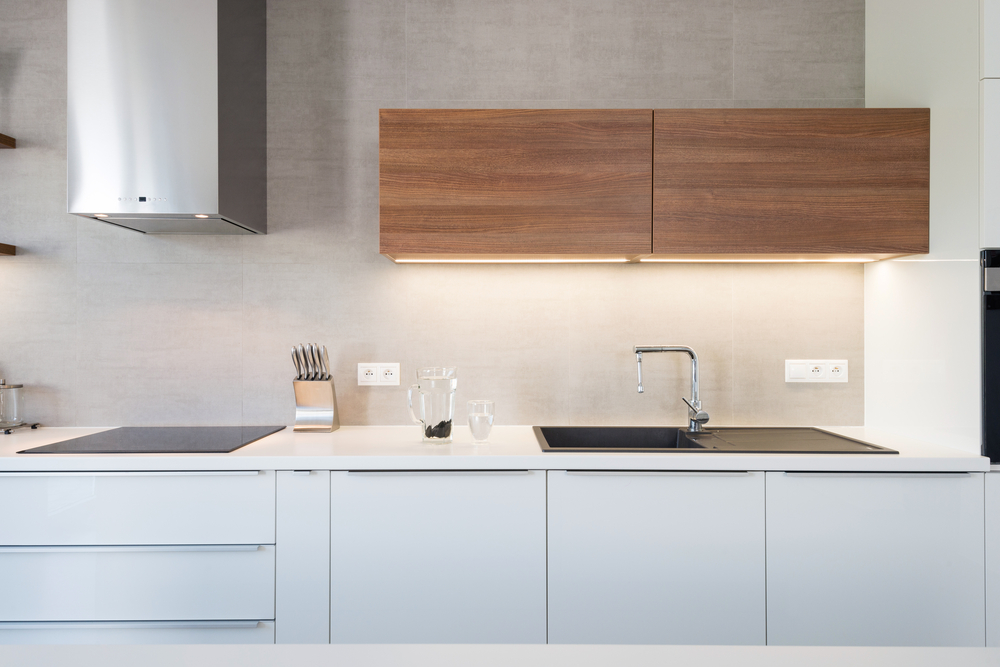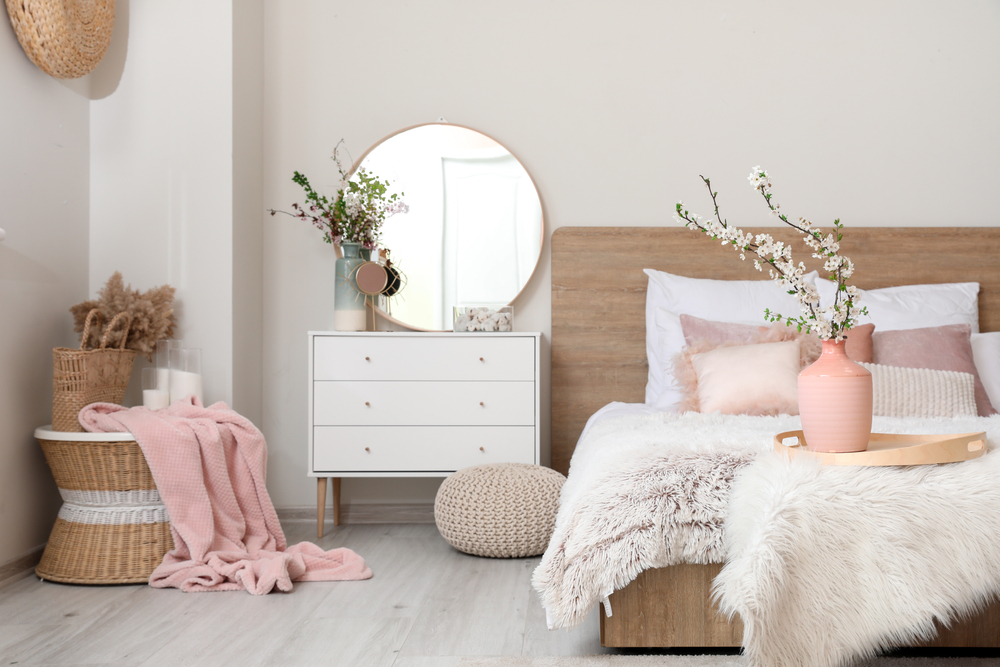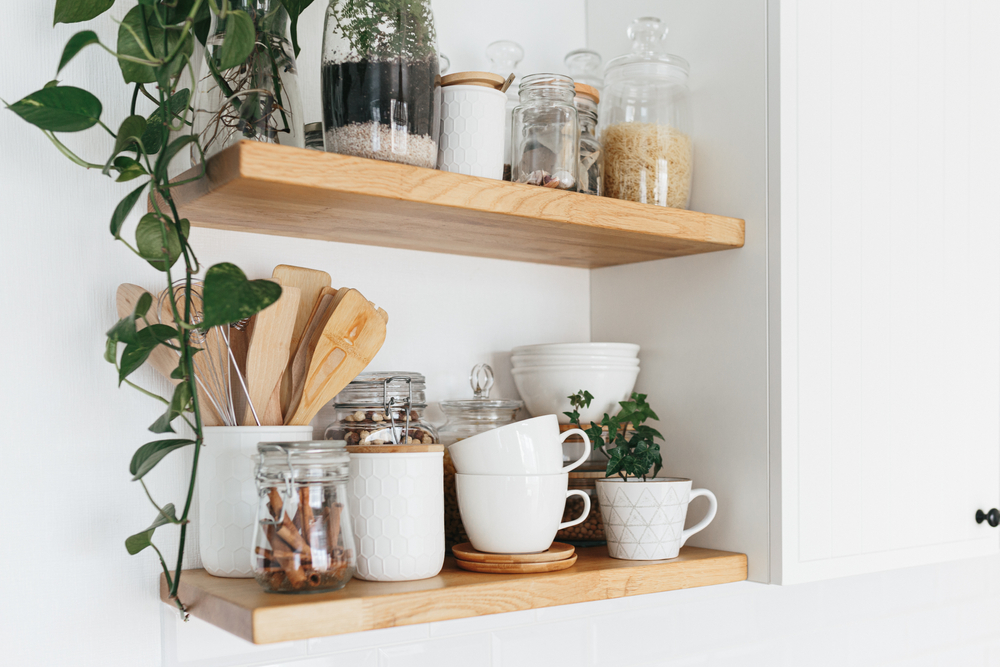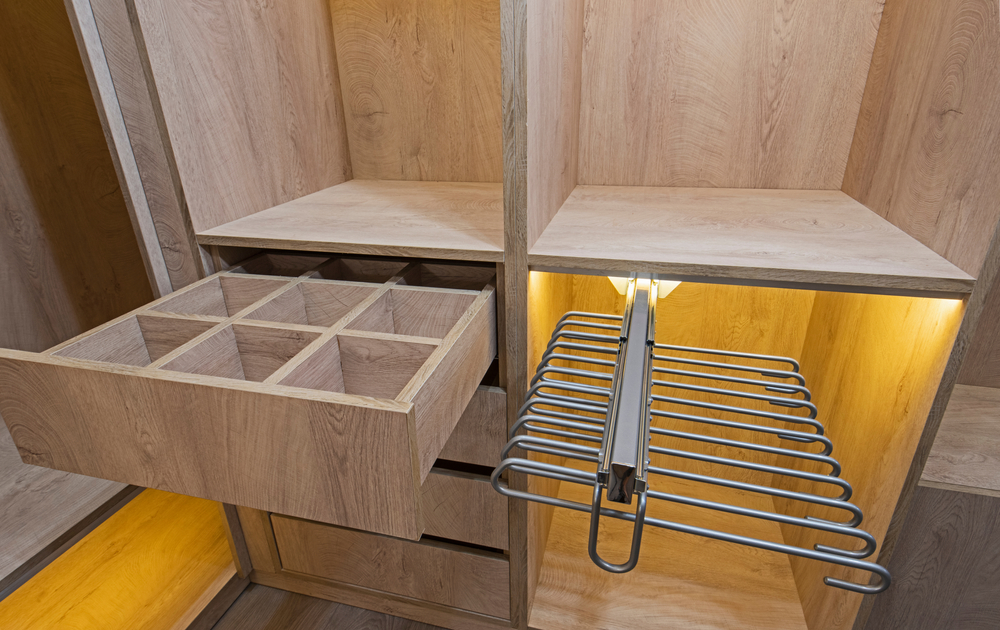Contractors: 6 Reasons You Should Ditch the Hardware Store Lighting Aisle: How Sourcing from a Lighting Showroom is Better for Your Business
While the pressure and prices in the housing market continue to rise due to supply chain shortages and increased demand, all businesses are looking for ways to get the best value for their dollar. This is especially true for contractors and builders, who are working harder than ever.
If you’re still relying on big-box stores to light your projects, you’re probably missing out on a lot. Lighting showrooms offer better service, quality, expertise, and selection that big-box stores just can’t shine a light to.
We know your time is valuable, but we can guarantee it’s worth your time to look into what showrooms have to offer before you go out shopping for your next project.
1. Fair Prices
We know the bottom dollar is important on your projects, and lighting is often one of the last steps on the list when the budget is getting thin.
It’s a common misconception that lighting showrooms charge more for their fixtures than you’d pay at a chain retail store – but it’s just not true. In fact, some big-box stores are notorious for marking up fixtures and then offering occasional “deals” that aren’t really deals at all.
You cat trust that the prices you see at a lighting showroom are transparent and fair. And if you pay attention, you’ll notice that the prices at a showroom are comparable across the board for similar products you’d find anywhere else.
If the prices aren’t that different – then you might as well be taking advantage of all of the extra benefits that come with shopping at a lighting showroom. Such as:
2. Better Value
Showroom owners are a lot pickier than online retailers and megastores about what they sell. Those comparable fixtures you’re price checking? They’ll often be higher quality versions – which means you are less likely to have your clients calling you in 2 months with a complaint.
In addition to the overall higher quality, showrooms also give you more than your money’s worth in other ways not directly tied to your costs – like better warrantees and extended customer support.
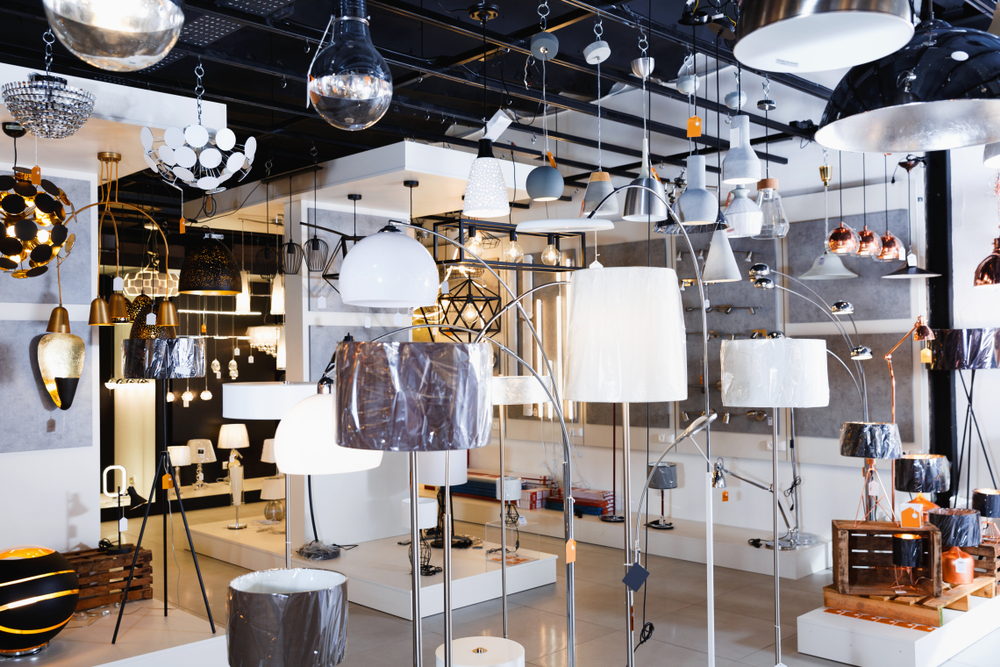
3. Huge Selection
Lighting showrooms specialize in just one thing – quality lighting. With the entire store dedicated to showcasing fixtures and bulbs, you’ll be able to see how the fixtures look up close and check installation guidelines before making any purchases.
If you or your client is looking for something specific, showrooms also have access to a massive selection of fixtures through the manufacturer catalogs. If it’s not on the floor, we’ll be able to find it and get it ordered for you. You’ll be able to find exactly what you need without having to shop around.
4. Expert Advice and Speciality Knowledge
When you walk into a national chain hardware store and need help, you already know that the employees there usually know a little bit about plumbing, electrical, appliances, and lighting, but they likely won’t have deep knowledge about any of them.
Lighting showroom staff are experts in lighting. Their services center around helping contractors get the right products into their builds. The experts at our lighting showroom stay up to date on the industry and can give you expert advice you wouldn’t find anywhere else. You don’t need to spend hours researching and comparison shopping – we’re more than happy to share what we know to help you get exactly what you need.

5. Word of Mouth
Your reputation matters – and nothing is more valuable to a business owner than a glowing recommendation from a happy client. Sometimes lighting is an afterthought for your clients who are more focused on finishes and fixtures. But even a brand new space with high-quality craftsmanship will look underwhelming with poor lighting.
Our lighting experts can help you make sure that your clients get quality fixtures that will highlight your hard work. This will result in two things: 1. Happy customers that want to refer you and 2. Jaw-dropped friends and family that want to ask for your number for their next project.
Another thing to consider – homeowners often come windowshopping at lighting showrooms to pick out what they want “when they’re ready” to start a renovation. If your local lighting showroom knows who you are and sees you regularly, they can refer you to their customers to help them get started.
6. Industry Relationships Matter
Developing relationships in the industry is vital for all of us. You’re not receipt #238942, you’re a local business owner, part of our community, and a friend.
When we know who you are and what you like, it makes it easy for us to help you get in, get out, and get what you need quickly so that you can spend your time on other parts of your project.
In addition, most showrooms allow contractors to set up an account – which often comes with perks such as discounted prices, bulk ordering options, and payment plans.

If you’re still relying on big-box stores for your lighting needs, it’s probably time to consider your options and visit a lighting showroom to see what you’re missing.
If you’re in our area, stop by Western Chandelier – we’d love to get to know you and see how we can help your business grow.

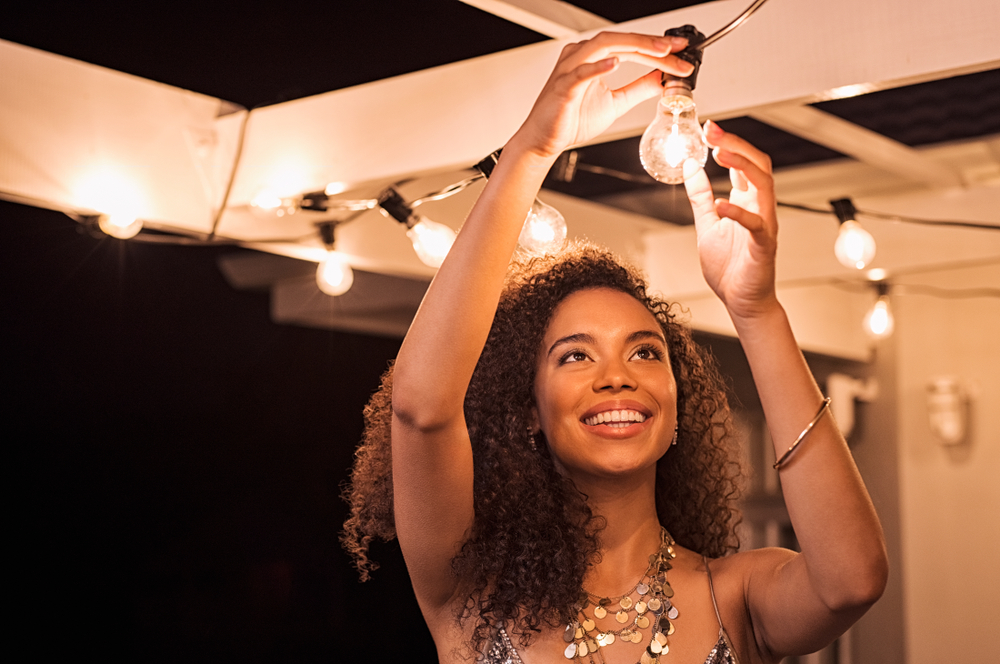
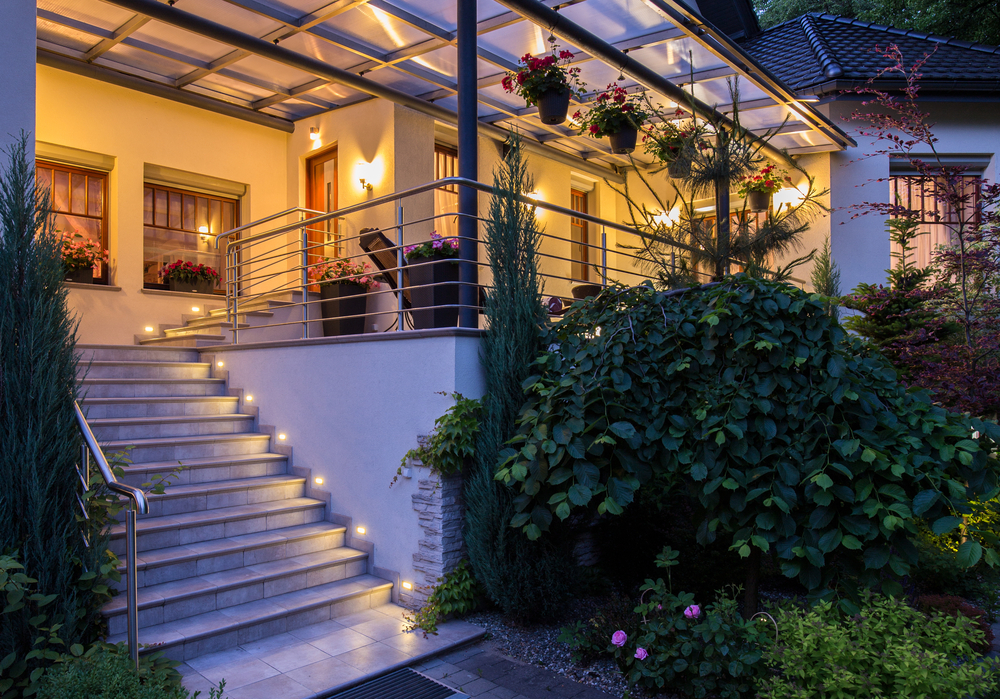
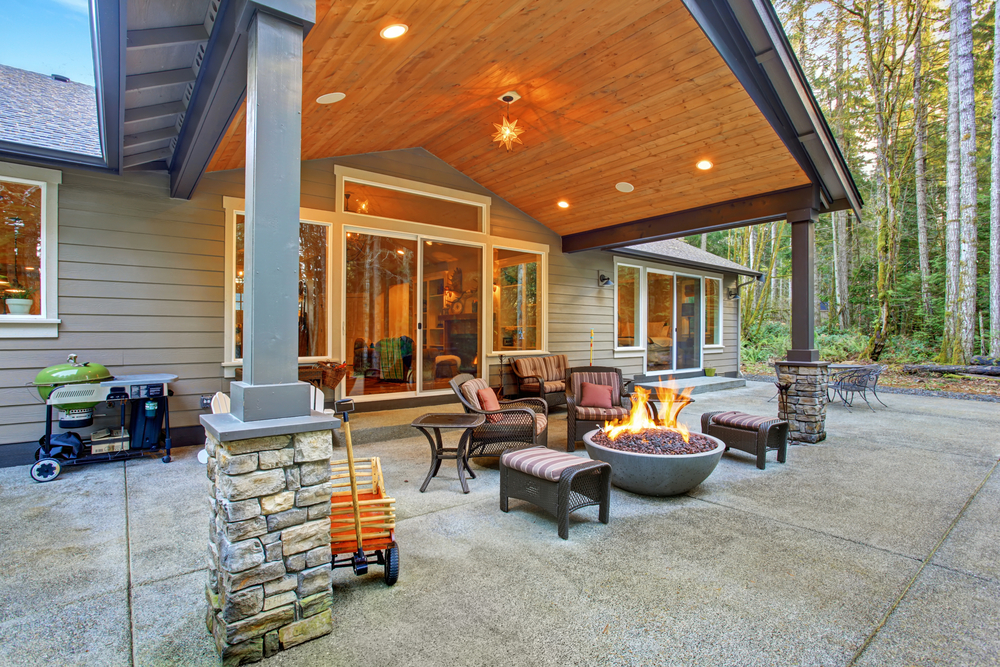


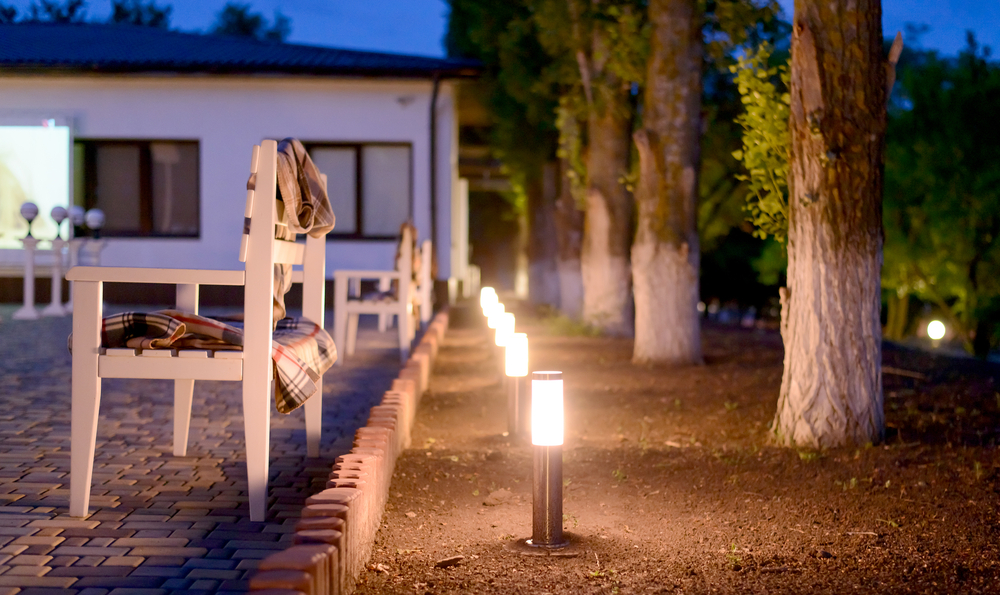

 Blue light has high energy and its color temperature is
Blue light has high energy and its color temperature is 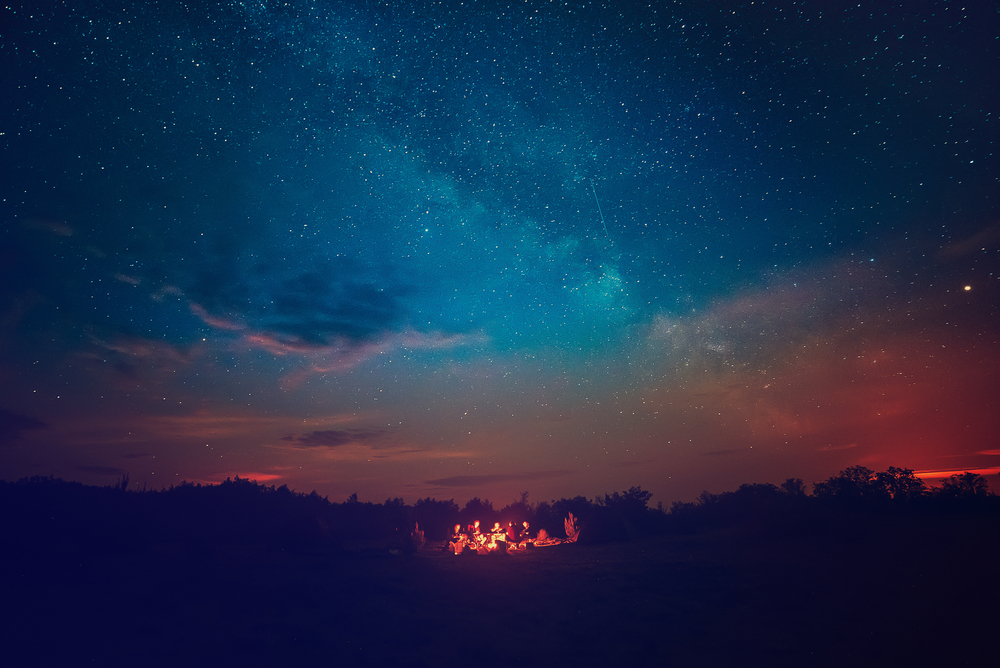 The human body runs according to a
The human body runs according to a  Good sleep is crucial to overall good health. Our bodies need that time to rest and restore each day. The brain uses sleep to
Good sleep is crucial to overall good health. Our bodies need that time to rest and restore each day. The brain uses sleep to  Have you ever noticed that many sit-down restaurants feel as if they are only half-lit? This isn’t done to save on the electricity bill, there’s a science behind it! Restaurateurs take advantage of both types of light to keep their business running smoothly. Warm, dimmed lighting in the dining areas naturally relaxes guests and encourages quiet. The kitchens are brightly lit with cool light to help everyone working there to be fully alert and productive while working at high speed.
You can do the same thing in your home once you know how it works. Warm, red light is
Have you ever noticed that many sit-down restaurants feel as if they are only half-lit? This isn’t done to save on the electricity bill, there’s a science behind it! Restaurateurs take advantage of both types of light to keep their business running smoothly. Warm, dimmed lighting in the dining areas naturally relaxes guests and encourages quiet. The kitchens are brightly lit with cool light to help everyone working there to be fully alert and productive while working at high speed.
You can do the same thing in your home once you know how it works. Warm, red light is  Older incandescent bulbs are a great source for warm light, but they’re being phased out in the lighting industry in favor of safer and more efficient alternatives. But that doesn’t mean you need to break out the candles just yet!
LED stands for “light-emitting diode”. Essentially they’re microchips that glow as electricity passes through them. This design not only makes them up to
Older incandescent bulbs are a great source for warm light, but they’re being phased out in the lighting industry in favor of safer and more efficient alternatives. But that doesn’t mean you need to break out the candles just yet!
LED stands for “light-emitting diode”. Essentially they’re microchips that glow as electricity passes through them. This design not only makes them up to  This world feels chaotic at times, and finding balance can feel daunting. We can’t help much with office politics or your crazy neighbors, but when it comes to lighting we know a thing or two about helping you find just the right light for your home. If you’re ready to start creating a balanced home with warm light,
This world feels chaotic at times, and finding balance can feel daunting. We can’t help much with office politics or your crazy neighbors, but when it comes to lighting we know a thing or two about helping you find just the right light for your home. If you’re ready to start creating a balanced home with warm light, 
